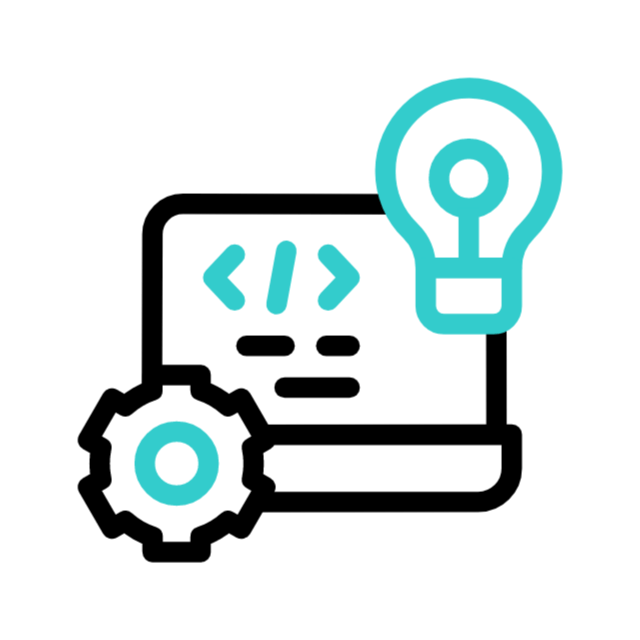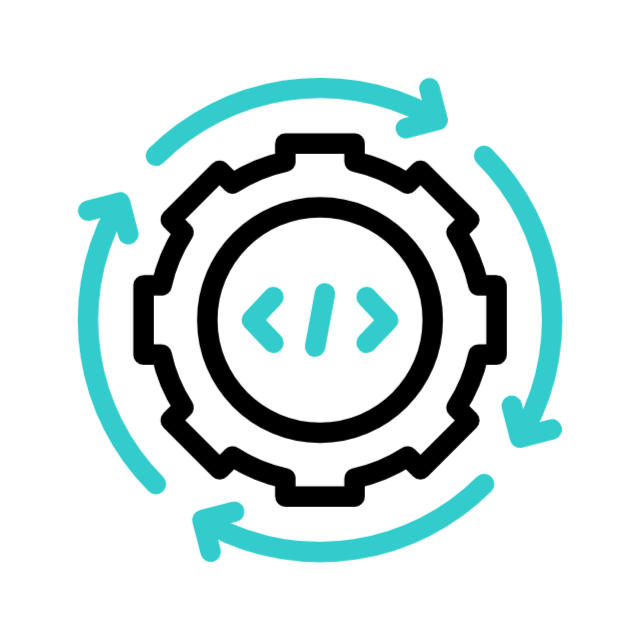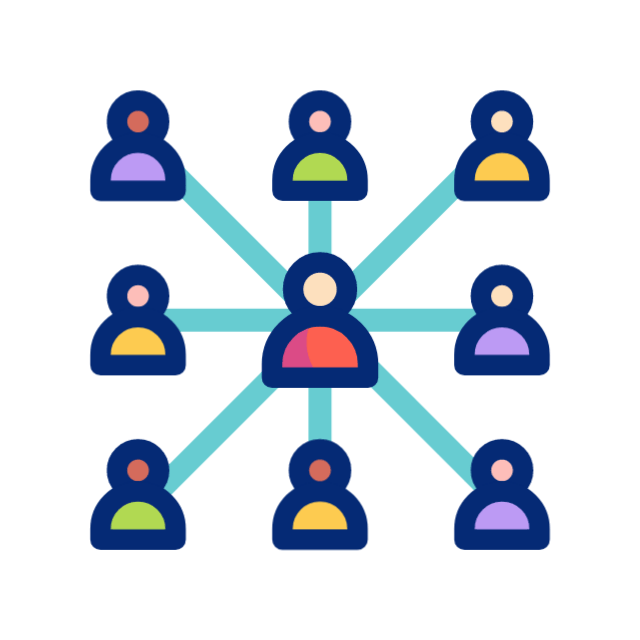01
Our ERP system organizes and centralizes patient information, including personal details, medical history, treatment plans, and prescriptions. This enables healthcare professionals across departments to access accurate, up-to-date patient records quickly, improving patient care and reducing errors.




